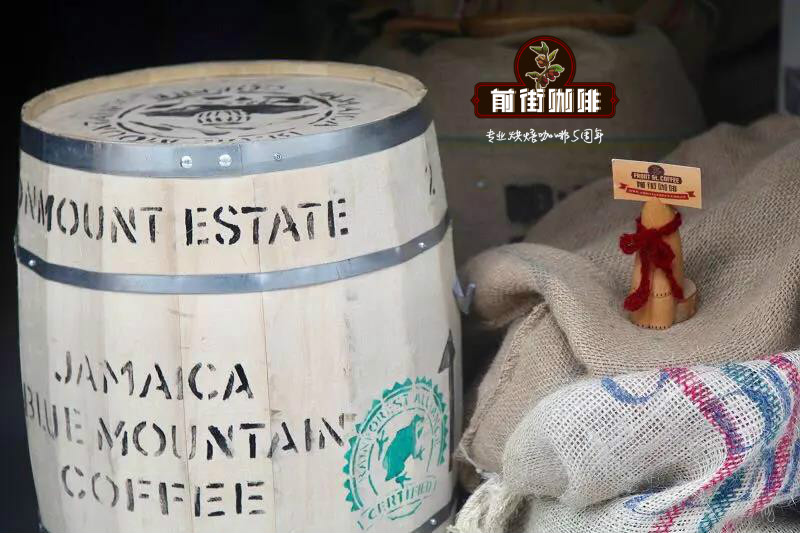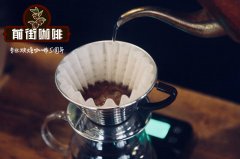Ethiopia SNNPR | Solar Yega Snow Fine G1 | Alimbukato small Farmer of the Guotintin Cooperative

Professional coffee knowledge exchange more coffee bean information please follow the coffee workshop (Wechat official account cafe_style)
Ethiopia SNNPR | Solar Yega Snow Fine G1 | Fruit Tintin Cooperative Alim Bukato small Farmer's native flavor?
Fruit Tintin processing Plant-Alim Bukato (Banko Gotiti- Alemu Bukato) is a duet for tanning and washing. In the traditional sun treatment process, after the farmers send the coffee berries to the processing plant, they will spread the African-style scaffolding directly for 2-3 weeks, during which the unripe berries will be manually removed and rely on experienced workers to stir them regularly. After the completion of the sun, the pulp and pods (sheep skin) are removed and stored in the warehouse until the moisture content is reduced to 11-12%. In the washing process, the peel / pulp of the berry is removed by a planer and placed in the fermentation tank for 1-3 days until the pectin layer decomposes (depending on the local temperature and humidity). Then the shelled beans will be washed through the washing channel for 30-60 minutes. At this time, the beans with low specific gravity and poor quality can be removed through the channel design combined with water flow. Then put the high-quality shelled beans in an African scaffolding to dry for about 14 days. After the drying is completed, the beans will be stored in the warehouse of the treatment plant, and then shipped to Dry Mill (dry treatment plant) to be shelled before export.
And through a series of complicated screening processes, such as foreign body removal, silver skin polishing, gravity screening, color selection, etc., and finally bagged and exported. Do you still remember the rich sweet and sour flavor of juicy and fragrant flowers in Guoding Village last year?
Whenever we blindly test Ethiopian coffee on the cup table, the remote Waka / Guoding micro-producing area southeast of Yega snow always arouses our curiosity and attention, and the quality never disappoints us. In addition to the advantages of high altitude and environment, after a personal visit, I found that they were also very careful in handling the work method. The proportion of sun berries and unripe beans on a bed scaffolding was much lower than that of most treatment plants. The selection of breathable net cloth on the scaffolding and the thickness of exposure berries are also quite fastidious. These seemingly ordinary small details can greatly affect the quality and the flavor in the cup. The congenital advantages of the producing area and the fine processing methods make this micro-producing area different.
Production area SNNPR Region
Gaideo (Gedeo Zone)
Yega Schiffe (Yirgacheffe)
Godibe (Gedeb Woreda)
Producer Alim Bukato (Alemu Bukato)
2020 meters above sea level (GPS measured height of the processing plant)
The actual planting distribution of small farmers is about 1900-2100 meters.
Variety Ethiopian Guyou original species (Heirloom)
Annual rainfall 1500-2000 mm
Treatment method Ethiopian traditional exquisite construction method sun drying treatment method
Flavor: dry aromas are sweet aromas of berries, mangoes and peaches. Sipped with rich blueberries, strawberries, grapes, mangoes and peaches, the flavor is thick and strong, cooled like a cup of comprehensive fruit juice mixed with blueberries, grapes and peaches, with a lingering aroma of berries and flowers, and the full flavor of classic cloves, sweet and juicy. Fascinating.
Filter cup: Hario V60
Water temperature: 90 degrees
Degree of grinding: small Fuji 3.5
Cooking methods: the ratio of water to powder is 1:15, 15g powder, the first injection of 25g water, 25 s steaming, the second injection to 120g water cut off, waiting for the powder bed water to half and then water injection, slow water injection until 225g water, extraction time about 2:00
Analysis: using three-stage brewing to clarify the flavor of the front, middle and back of the coffee. Because V60 has many ribs and the drainage speed is fast, it can prolong the extraction time when the water is cut off.
Important Notice :
前街咖啡 FrontStreet Coffee has moved to new addredd:
FrontStreet Coffee Address: 315,Donghua East Road,GuangZhou
Tel:020 38364473
- Prev

How to adjust the grinding degree of jasmine hand in Guatemala? calculation of water-ice ratio of ice hand to jasmine
For more information on coffee beans, please follow the Coffee Workshop (Wechat official account cafe_style) Guatemala borders Mexico to the north, Honduras and El Salvador to the south, the Caribbean to the east and the Pacific Ocean to the west, enjoying tropical rain forests, volcanic geology, plateau valleys and changing microclimate. Guatemalan coffee enjoys the highest quality in the world.
- Next

How to brew coffee powder in Luca Manor, Guatemala _ how to introduce Guatemalan hand coffee
Professional coffee knowledge exchange more coffee bean information please follow the coffee workshop (Wechat official account cafe_style) Las Luchas Luca Manor is located in Guatemala Vivette south fruit plateau Huehuetenango, coffee is planted at an altitude of about 11,2001,600 meters, with a total planting area of about 91.5 hectares, and most of them are steep slopes, although the owner has to spend more manpower to take care of and pick
Related
- Detailed explanation of Jadeite planting Land in Panamanian Jadeite Manor introduction to the grading system of Jadeite competitive bidding, Red bid, Green bid and Rose Summer
- Story of Coffee planting in Brenka region of Costa Rica Stonehenge Manor anaerobic heavy honey treatment of flavor mouth
- What's on the barrel of Blue Mountain Coffee beans?
- Can American coffee also pull flowers? How to use hot American style to pull out a good-looking pattern?
- Can you make a cold extract with coffee beans? What is the right proportion for cold-extracted coffee formula?
- Indonesian PWN Gold Mandrine Coffee Origin Features Flavor How to Chong? Mandolin coffee is American.
- A brief introduction to the flavor characteristics of Brazilian yellow bourbon coffee beans
- What is the effect of different water quality on the flavor of cold-extracted coffee? What kind of water is best for brewing coffee?
- Why do you think of Rose Summer whenever you mention Panamanian coffee?
- Introduction to the characteristics of authentic blue mountain coffee bean producing areas? What is the CIB Coffee Authority in Jamaica?

